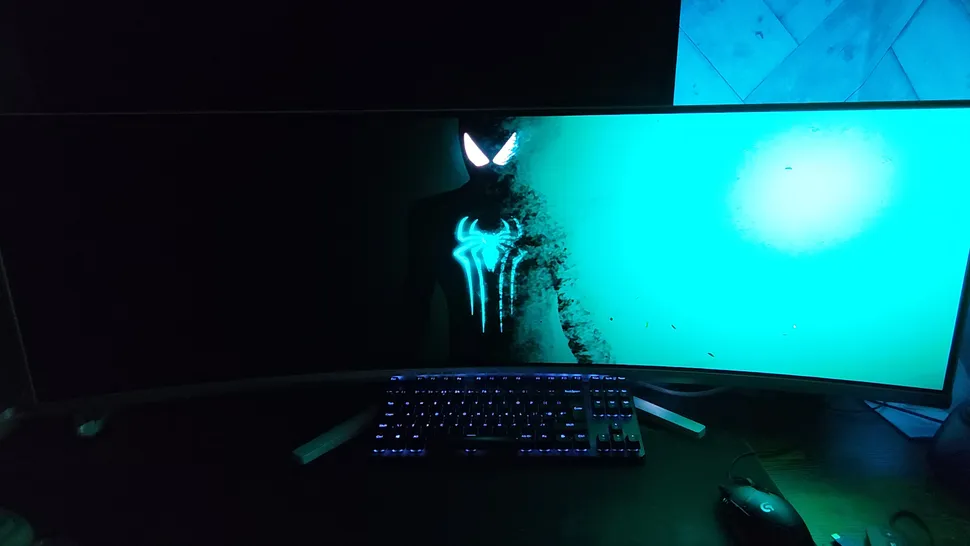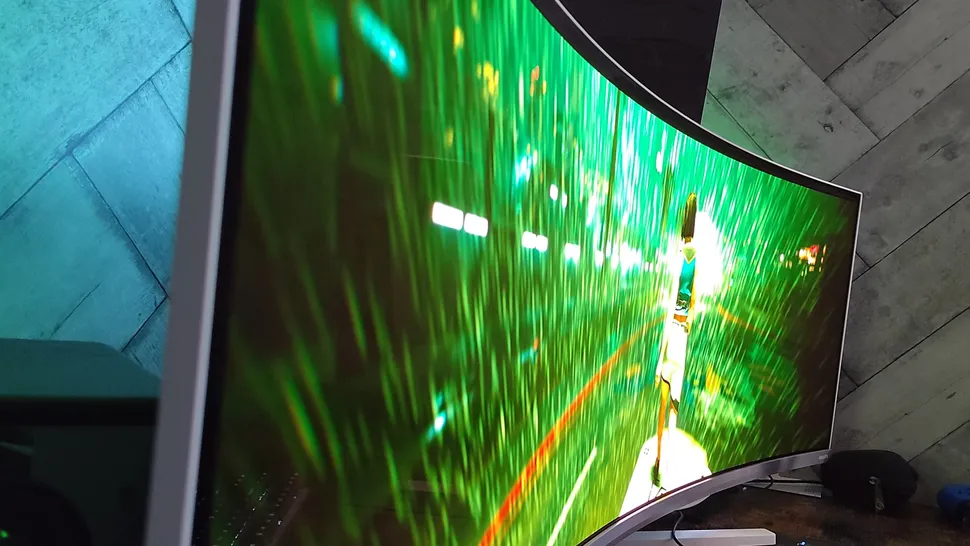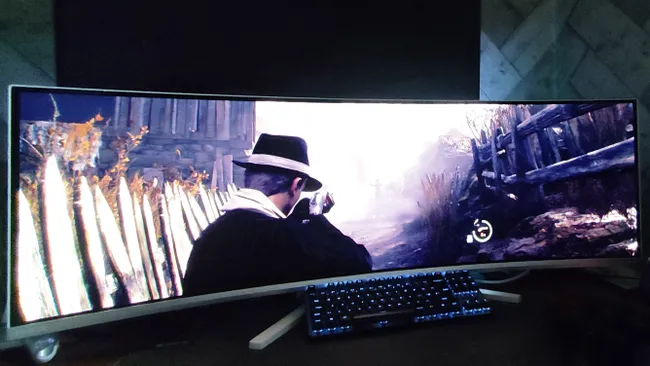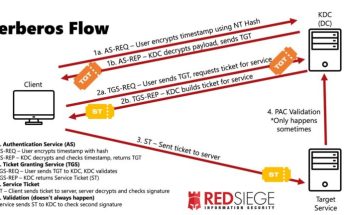‘ve long been a big fan of ultrawide displays, and QD-OLED display tech has taken them to new heights and into the ranks of the best gaming monitors. With inky deep black levels, fast refresh rates, and a widened perspective, they’re hard to beat.
Super-ultrawide displays take things up a notch with an expansive 32:9 aspect ratio – and the Philips Evnia QD-OLED 49M2C8900 is one such example. I’ve been using this 5120×1440 OLED for a while, and it provides exceptional image quality across games and movies.
Impressive though it is, however, I’ve now reached a point where I’m casting wistful looks at the standard ultrawide in the corner of my room. Super-ultrawide monitors may be the epitome of immersive PC gaming for some, but I’m done with them for a while.

One of the most intriguing features of the 49M2C8900 super-ultrawide is its Ambilight RGB feature.
This works in much the same way as Philips’ excellent Ambilight TVs do, casting patterns of light on to the wall behind the screen to match what’s happening on it and further increasing the sense of immersion.
As with other Ambilight Evnia monitors, the 49M2C8900 has several Ambilight modes to choose from, including ‘Follow Audio’ and ‘Follow Video’. The latter does a good job at capturing colors on screen accurately, and playing intense, fast-paced action titles such as Split Fiction while using it was mind-blowing at times.
However, in my experience, and on this model at least, this version of Ambilight can also be very inconsistent, with cases of random colors flashing on the rear even when there was a static image on screen.
I also found the 49-inch screen size to be a drawback for Ambilight. The screen is simply too wide and takes up such a significant amount of space on my desk that it’s hard to even notice the color shifts happening (even without my second monitor mounted on top).
I could also use that as a positive for the actual screen itself, as its brightness (when it’s not dimming every few minutes, which I’ll get into) was enough to make me forget the RGB lights were on – but then I could equally say that the RGB lights need to be brighter, too.

I’ve also found the OLED Auto Brightness Limiter (ABL) to be a problem. There’s a good reason for this feature to exist in OLED displays – namely, to help prevent them from overheating and burn-in, with the latter in particular being a big potential drawback to the display tech.


